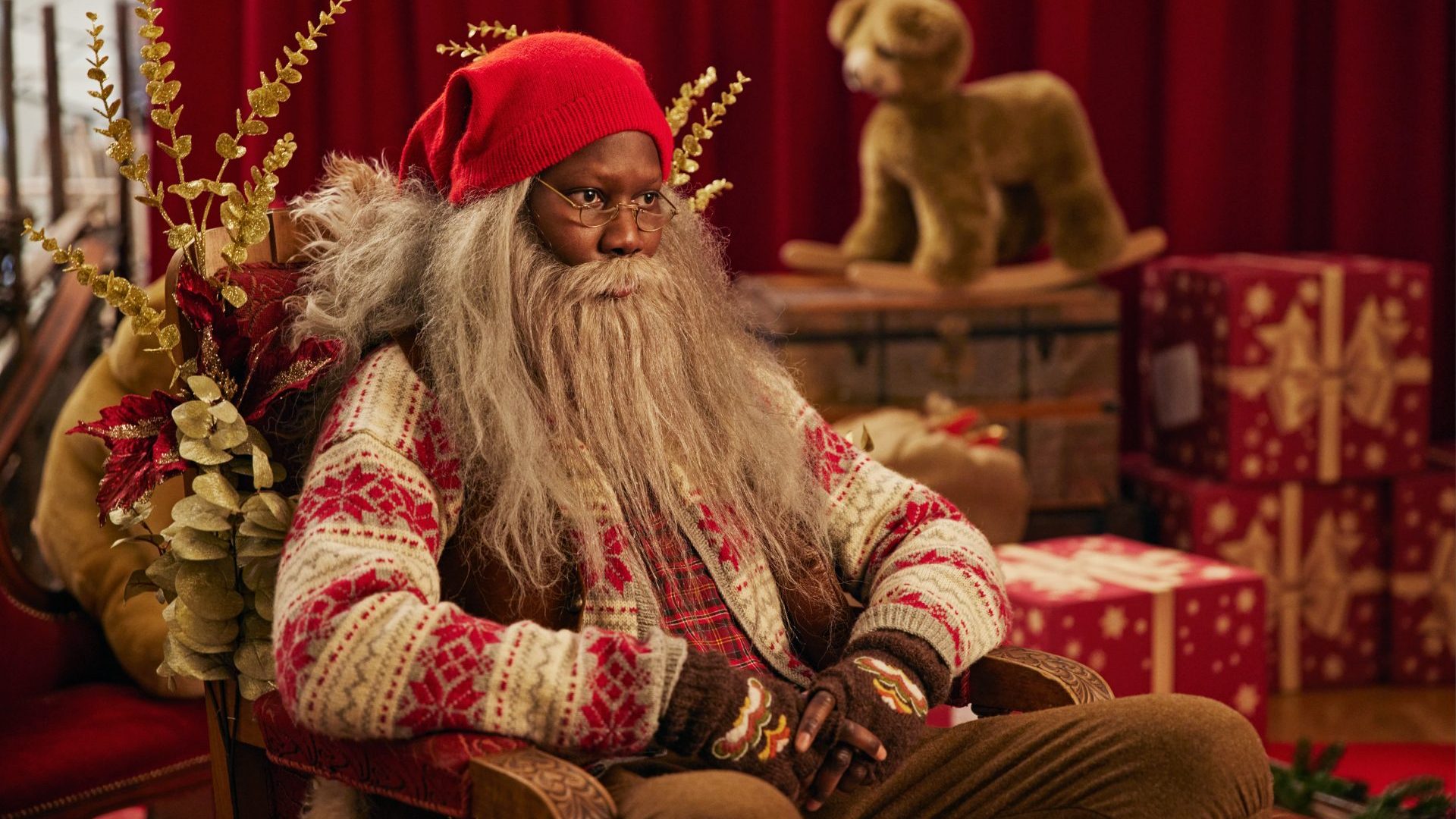There is nothing more relatable than a Christmas film where everything goes wrong. While I’ve never been left home alone or outwitted Hans Gruber, our family festive periods are often prone to the occasional misadventure. One year, my grandfather rang twice a day in order to “check in on the turkey situation”. Harmless enough, until you appreciate the fact that this poultry monitoring began in October. During another, disaster struck in the form of a severe gluhwein shortage, despite my grandmother’s insistence that she had bought plenty (half a dozen more bottles were later discovered in the garage in February).
Then there was the year when I flew home for Christmas from British Columbia. Famously, the Canadian accent is prized for its folksy charm. However, no amount of linguist endearment can soften an announcement from the pilot informing passengers that the engine warning light had come on, but – never fear – he was going to “give landing off a go”. Against the odds, I made it home. In Netflix’s new Norwegian mini-series A Storm for Christmas, an extensive cast face a similarly turbulent journey.
A Storm for Christmas is Per-Olav Sørensen’s (of Royalteen fame) latest creation. In the six episodes, watchers meet a vast collection of characters gathered at Oslo airport all with one mission – to get home for Christmas. Mother nature has other ideas as a Nordic snowstorm grounds all flights and we get an intriguing insight into Norwegian society as people from all walks of life as suddenly left roaming the airport.
In the first-class lounge, conveniently looking down on the rest of the airport, resides Ida (Ida Elise Broch), the pop star who finds running from herself increasingly hard when her face resides on billboards everywhere. Joining her is Olav (Ravdeep Singh Bajwa), the pilot who objects to the idea of being stationary and Diana (Hanna Ardéhn), the romantic who objects to anyone failing to get into the festive spirit – storm or no storm.
At the ground floor’s bar, there’s an equally eclectic mix. David, the traveller, perches awkwardly, obviously on the way to warmer climates in his Hawaiian shirt. Arthur, the pianist, berates the lack of smoking facilities and his depleting fan base and Marius, the bartender, completes his waiter duties cheerfully while hiding his own cheerless medical news. Meanwhile, Alex, the children’s entertainer whose Santa resembles more of a drunken lumberjack, works away in Oslo airport’s answer to Lapland. As the plot unfolds, you see that passengers are actually able to get to where they need to go without the assistance of air travel.
There are unexpected and amusingly profound moments. During an interview with a journalist set up by her song-writer/assistant to kill time, Ida ponders the downside of her fame, reflecting on her image that has evolved into a publicly owned commodity (“there are so many versions of myself that I don’t know which one I am anymore”). Granted, the singer’s philosophical musing is over as soon as it begins and she’s off in search of more unpalatable yet free wine.
Over in the grotto, Alex is trying to impart some financial wisdom upon the children who queue to perch upon his knee and rattle off their wish lists. After several youngsters share their desires for Apple’s latest tech and designer handbags, he has enough, berating one young girl that her materialistic yearning is the result of too few people at the top having far too much money. “You’re not the real Santa, are you?” she signs, bouncing off his lap. In return, he wishes her a “Merry Christmas” enhanced with a few choice words not suitable for youthful ears. Especially, when spoken by Saint Nick.
Unless you’re stuck in the airport like Sørensen’s characters, Christmas is a busy time. When an unallocated amount of time does appear on your festive itinerary, it’s difficult to wholeheartedly recommend watching A Storm for Christmas. Hallmark movie-esque, with a not-so-subtle nod to the classic yuletide tropes, the plot is hardly revolutionary nor will it win any prizes for innovation.
But then again, how many festive features do? When the concluding scenes are (and again no prizes for innovation) musically accompanied by It’s the Most Wonderful Time of the Year and our travellers reach their destinations, both geographically and emotionally, it’s hard to suppress a smile.
When times feel somewhat bleak, why not indulge in the show’s ever-obvious metaphor that storms pass and all will be well? After all, it’s Christmas.











